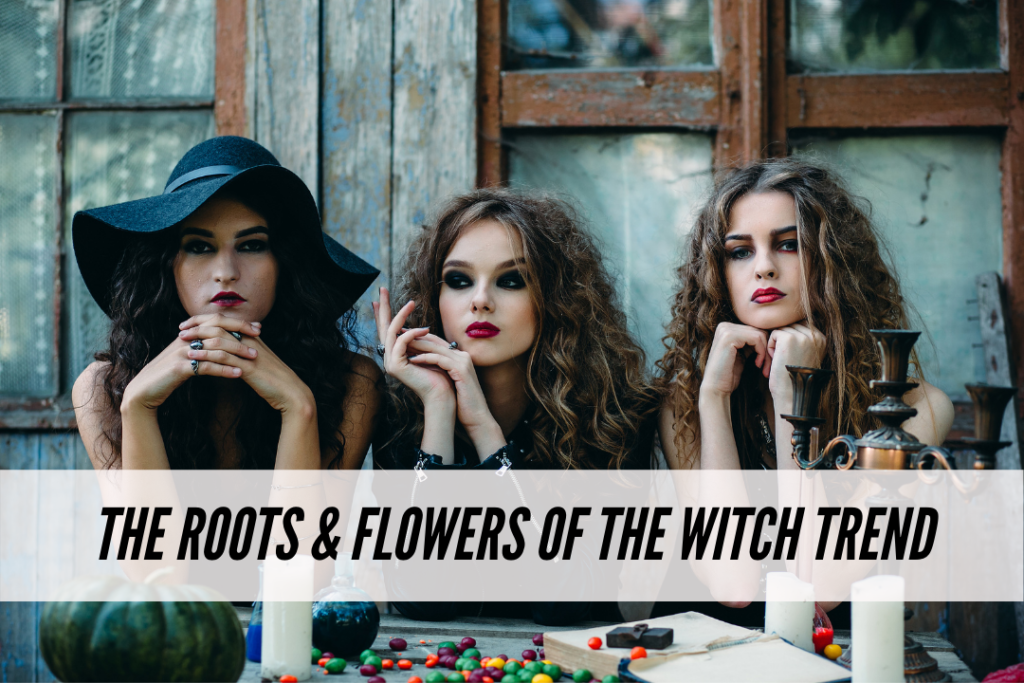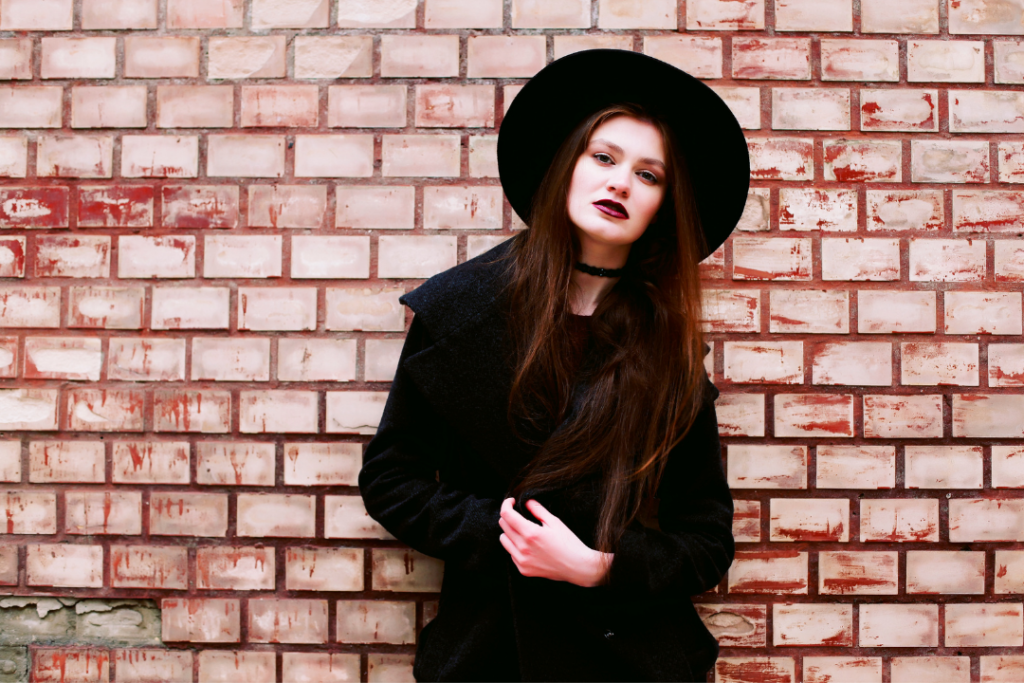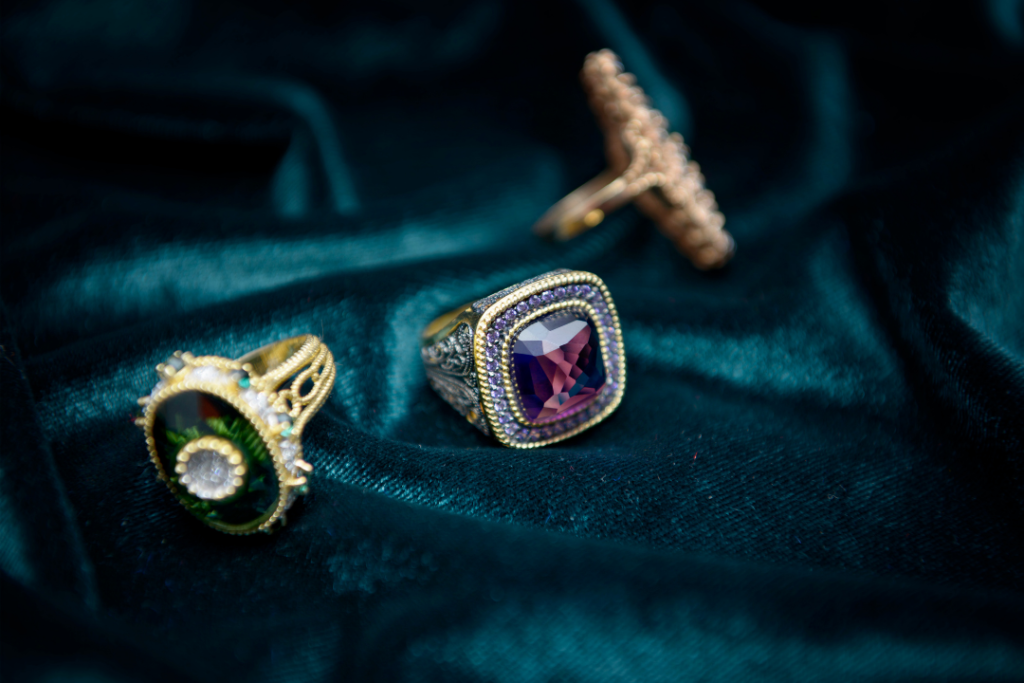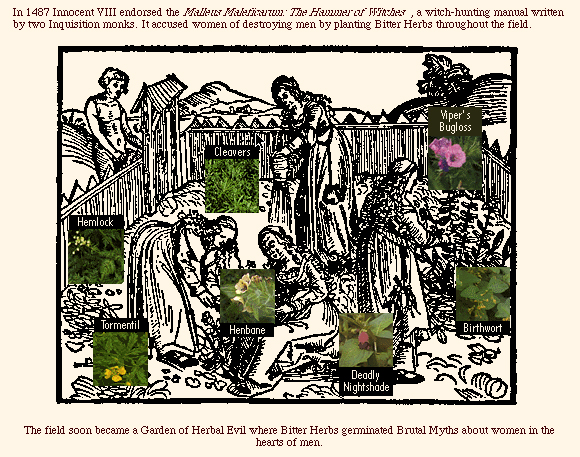
There’s a midnight sabbath in fashion and everyone’s invited.
Among bodycon dresses for sorority parties for which it’s a drag to find a date, right across from the fluffy baggy clothes-as-self-defense rack, hides a shop section for a dark, dangerous trend with a story to learn, redefine, and retell – the trend channeling all sorts of witchery.
They say heavy metal is making a comeback and that girls with secrets can always find each other. We know Salem got extended to a third season and we see Tarot decks invading hipster-y boutiques. In our secular, rational age, what is the sudden pull of the broomstick – up to the midheaven of our natal charts and away from the straightforward binds between cause and effect?
Of course, the Other is an asymptote – can’t be reached – and the modern witch archetype can’t be quite solved. But it’s too enticing to resist an attempt.
Table of Contents
The Roots of Witchery: Historical Background
It starts with a world in which the spirits of the lake do skillful somersaults and pre-Christian pagan witches gather healing herbs “under the dark moon in a red dress” on Midsummer’s Eve. In other words, it starts with a witch that is not even recognizable as the Witch of the Western Imagination.
This witch probably has violets in her hair and earth on her feet. She’s round and fertile. Talks to the stars a lot and maybe writes down her dreams. The other day, the village folk brought a kid with a fever to her and now he’s alright.
The witch, as an expression of the “Other” at the start of the century, is, ironically, the early Christian – rumor has it they have cannibalistic rituals and should be fought against.
The witch gets the familiar shadow of a pointy hat and the evil flair many centuries later, when Christianity spreads across Europe and heresy becomes a problem.
Toward the end of the 15th century, two Inquisition monks write a witch-hunting manual, Malleum Maleficarum, arguably one of the most misogynistic texts of all time. Women – by nature weaker in faith and more lustful, it argues – make deals with the Devil and become witches. “Femina” – ‘fe’ and ‘minus,’ less in faith, the authors write. The book, stitched together from nightmares and folk tales, serves as a practical guide for torturing and executing hundreds of thousands of people in Europe over several centuries before the Renaissance brings back reason as a cool trend.
There are many historical theories that attempt to explain the European Witch Hunt: some see witches as scapegoats for plagues and wars and some as exercises of social/state control. Yet others think the executioners were after the victims’ power or property, but no one reason can fully explain a phenomenon so stretched in time and location.
It is then that the archetypal witch becomes any woman defying the pious male gaze, the outcast that is only friends with her cat, the ugly old woman, the spinster, the Gypsy and the Jew, the midwife, the homosexual, the poet. The witch “misuses” her femininity, just like she misuses the broomstick and the caldron, wasting her charm on Satan and her energy on a spell to change the weather. True, not all victims of the Witch Hunt were female, but all the members of the legal system were male.
The Flowers: The Witch Style Now

This Halloween, on the way back from a sigh-inducing Hiddleston movie, I complimented my friend Nicola on her ring. “It’s Alexandrite,” she said, “helps you calm and center your mind. I don’t know if you believe in such things.” I did, but did she? “It seems to have made a change for me. Then maybe it’s a placebo effect. I’ll take what I can get.”
Everything can be seen as a placebo effect – from aromatherapy to infatuation – but the contemporary trend doesn’t mind. We draw the Tarot card of “Death” and see it as a good sign of rebirth. We gaze up at the night sky to see our star-aligned fate – “Whatever” – and proceed with chasing Hiddlestons and centered minds.
This is not a trend for believing in the supernatural; it’s a trend for the postmodern belief in believing in it. “Of course, I believe in free will. How could I not?”
The list of items that express the trend (in my view): the obviously black dress to absorb the maximum amount of sun waves; anything passed down the female family line; deep plum lipstick in daytime; the huge ugly necklace they keep asking about; the vintage ring in the form of a rat doing a pirouette around your fingers; the lavender incense stick; a home plant that produces tiny inedible tangerines every December; misery rituals with online-ordered apple pie and deadlines and close friends with their own deadlines; overdoing make up; not doing make up; a perfume you use so much people recognize your approach; loud shoes that are flat; judgments based on Ascending and lunar signs; coffee and fruits and warm croissants; no bras; lipstick ignorant of the shape of your mouth; titles of poetry books in their physical manifestations; good luck when meeting all cats, regardless of color; getting along with children with attitudes; that place where they know how you like your tea; closing the oven behind the Devil’s Chocolate Cake for Christmas; scribble-covered diaries; stubbornly going against a bad reading; apologies and thanks; black nail polished fingers on old-fashioned letters in rare library books; naturally(?) light purple hair; changing the city by being in it, like Nagel in Mysteries; trying for ugly and honest on the first date; being kind to them, yes, but first to yourself; sweeping self-care; natural hair; deciding and walking and being okay with any which way this whole thing goes.
The Fertilizers: The Why and the How

By now a large part of readership is probably angry with me. For a growing number of people, witchcraft means Wicca, a religious practice that has little to do with the popularized image of the evil witch.
Here is where I argue that the former is the regain and the redefinition of the pre-Christian spiritual witch, while the latter is a secular reclaiming of the demonized witch.
Yes, we say, we are them – the outcasts and weirdoes, the losers who did not get to write history, the spoilers and misusers of femininity, if there is a set form of it.
Maybe we did indeed sleep with the devil and maybe we did not, but is it anyone’s business?
We find the art of the potion turned poison in overdoing the spices in cooking and, thanks to an access to media from all possible viewpoints, get disenchanted with straightforward rationalization.
We are post-religion, but we are smart enough to acknowledge the imperfect mechanism called a body that needs to believe, even if in just believing.
We have destroyed the performative feminine mystique – we are human, disgusting, fat, thin, bald, hairy, lustful, imperfect – but the witch archetype allows us to retain some part of it, source unknown.
And even if I knew the source, who said it would be expressible in words and, if it were, who said I’d give away the witchcraft sisterhood’s secret of the dark moon on Midsummer’s Eve?
Thoughts?
Do you like the witchy trend? What does it mean for you?


As a practicing witch, there are some glaring historical inaccuracies quite prevalent in this article. But to say that witchcraft means Wicca is a gross generalization – Wicca is just ONE of many new age religions that utilize some aspects of witchcraft, but many practitioners are not Wiccan and have no ties to Gerald Gardner’s sexually perverse “pagan” cult or any other religious background.
That being said, as a witch, I don’t have any issue with non-magick folks taking interest in things like tarot cards, crystals, or oujia boards for aesthetic value. I enjoy the imagery of these things quite a lot myself.
I really liked this article! I agree that it was harder to read than most CF articles because of the writing style, but I don’t see that as a bad thing. As a few other people have said already, it’s nice to have to think about and process writing when we’re now so used to everything being handed to us in bite-sized pieces and online lists. Personally I think this article had a lot of thought-provoking content, not just related to fashion but to society and lifestyle. I like that the author was able to express her own opinions but still allow people to interpret them.
Seeing as a few people have been critical of the writing of this article, I just thought I’d comment on how much I loved it. I really appreciate the level of creativity and expression in it, I feel like that’s a writing style that’s becoming less and less popular as people’s, including mine, attention spans are shortened. It’s nice to be reminded that writing can be more than just pure information.